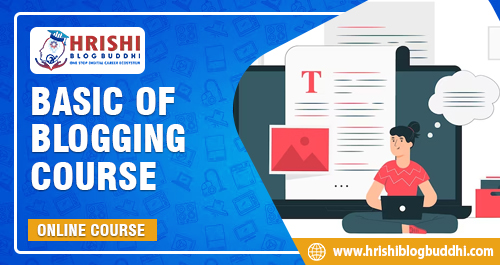In wrapping up our journey through different methods of communication, it’s clear that acquiring these skills is akin to gaining superpowers for effortlessly connecting with others. Let’s delve a bit deeper into each set of skills and highlight the key takeaways:
Talking Skills: Listen, Use a Friendly Tone, and Change Your Voice Mastering talking skills involves not just speaking but also active listening. By tuning in to others, using a warm and friendly tone, and adapting your voice to suit the situation, you transform ordinary conversations into engaging interactions. It’s about creating a positive atmosphere where everyone feels heard and valued.
Acting without Words: Watch Your Body Language, Look People in the Eyes, and Use Your Hands The power of nonverbal communication lies in the subtleties of body language. Keeping an eye on how you sit, stand, and express yourself through gestures and eye contact adds depth to your communication. These nonverbal cues enhance your ability to convey emotions, build trust, and strengthen connections without uttering a word.
Writing Skills: Check for Mistakes, Keep It Short, and Think About Your Reader In the digital age, crafting written messages is a crucial skill. Ensuring clarity, being concise, and tailoring your message to your audience are the keys to effective written communication. By checking for mistakes and considering the perspective of your reader, you transform written words into powerful tools for expressing ideas and information.
Showing with Pictures: Use Pictures that Match, Make Them Easy to See, and Keep the Same Style Visual communication adds a vibrant dimension to your message. Selecting visuals that align with your content, ensuring visibility, and maintaining a consistent style make your communication visually appealing and easy to comprehend. Pictures, graphs, and other visual elements become your allies in conveying complex information with simplicity and impact.
Becoming a Communication Superhero: Making Talking and Sharing Ideas Feel Like a Fun Game By internalizing these skills and incorporating the provided examples and tips, you are not just mastering communication; you are transforming into a communication superhero. Conversations become more than exchanges of words—they evolve into enjoyable experiences where ideas flow, connections deepen, and understanding thrives.
Exploring Communication Skills: Verbal, Nonverbal, Written, and Visual—these are the tools for better human connections. Use these skills every day, and see how you become a communication superhero, making conversations a chance to shine and bring people closer. Enjoy connecting with others!






